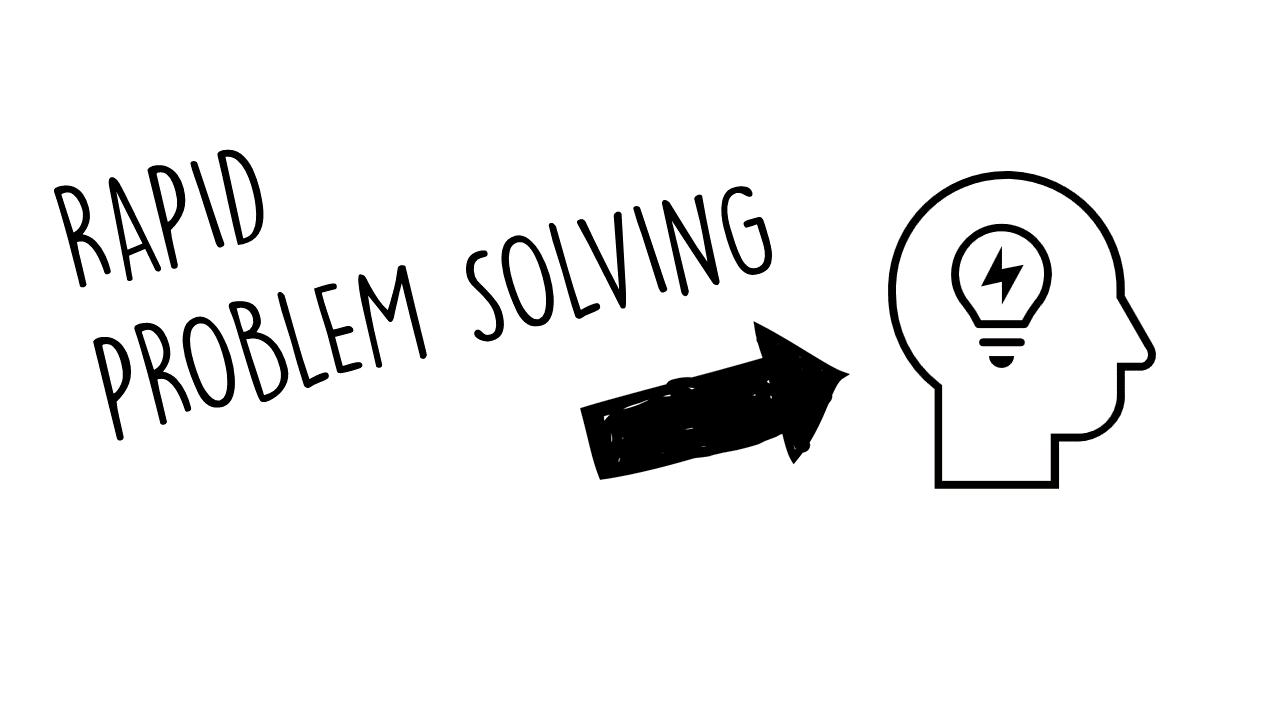How the Human Body Works
The human body is a complex system made up of different organs and systems working together to sustain life. Each system has a specific function, but they all interact to maintain health and well-being. Below is an overview of the major systems of the human body and their functions, along with simple sketches to illustrate each system.
1. Skeletal System

- Provides structure, support, and protection for the body.
- Includes bones, joints, and cartilage.
- Stores minerals like calcium and produces blood cells in the bone marrow.
2. Muscular System

- Enables movement through muscles that contract and relax.
- Includes skeletal, smooth, and cardiac muscles.
- Helps maintain posture and produce heat.
3. Circulatory System

- Composed of the heart, blood, and blood vessels.
- Transports oxygen, nutrients, and hormones throughout the body.
- Removes waste products like carbon dioxide.
4. Respiratory System

- Includes the lungs, trachea, and nasal passages.
- Facilitates oxygen intake and carbon dioxide expulsion.
- Works closely with the circulatory system to deliver oxygen to tissues.
5. Digestive System

- Breaks down food to extract nutrients and expel waste.
- Includes the mouth, esophagus, stomach, intestines, liver, and pancreas.
- Absorbs essential nutrients and converts them into energy.
6. Nervous System

- Consists of the brain, spinal cord, and nerves.
- Controls bodily functions, responses, and reflexes.
- Sends and receives signals to coordinate activities.
7. Endocrine System

- Includes glands such as the thyroid, pituitary, adrenal, and pancreas.
- Regulates bodily functions through hormones.
- Helps maintain homeostasis and metabolism.
8. Excretory System

- Removes waste products from the body.
- Includes the kidneys, liver, skin, and urinary system.
- Maintains fluid and electrolyte balance.
9. Reproductive System

- Allows for human reproduction through male and female reproductive organs.
- Includes the ovaries, testes, uterus, and associated structures.
- Produces hormones essential for reproduction and development.
10. Immune System

- Defends the body against infections and diseases.
- Includes white blood cells, lymph nodes, spleen, and bone marrow.
- Identifies and neutralizes harmful pathogens.
Conclusion
The human body functions as an interconnected network of systems that work together to sustain life. Each system has a unique role, but they rely on one another to maintain health, energy, and overall function. Understanding these systems helps us appreciate the complexity and efficiency of the human body.






